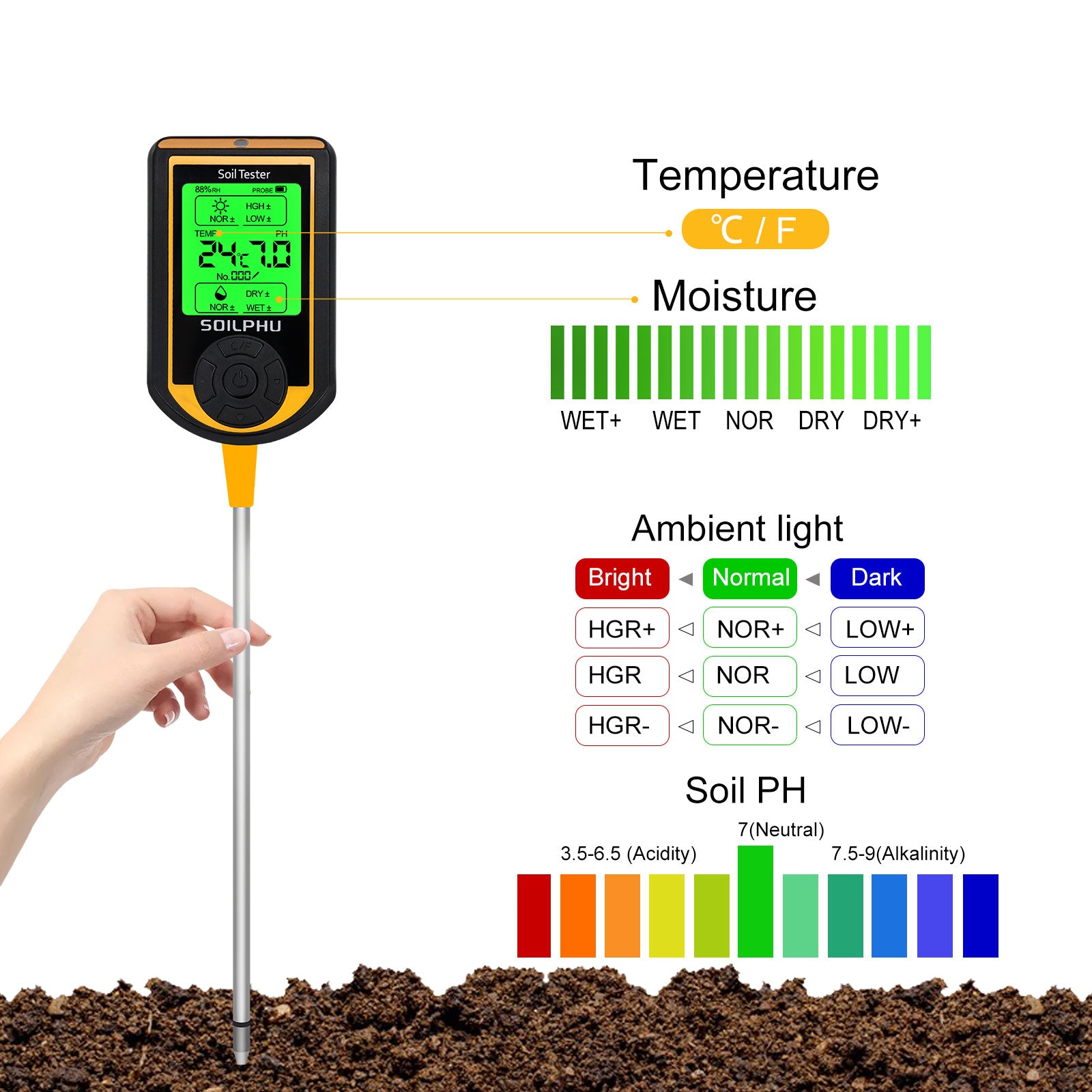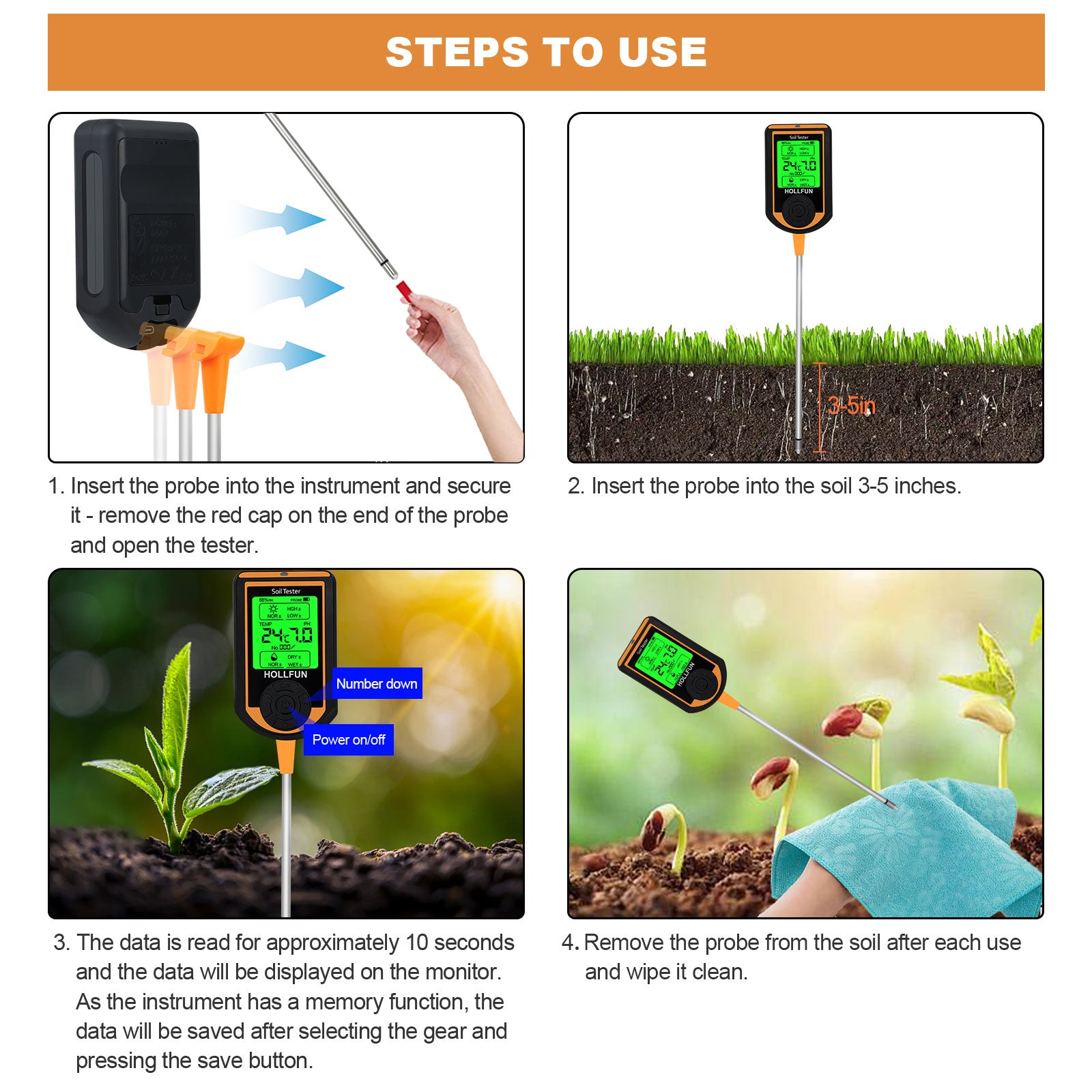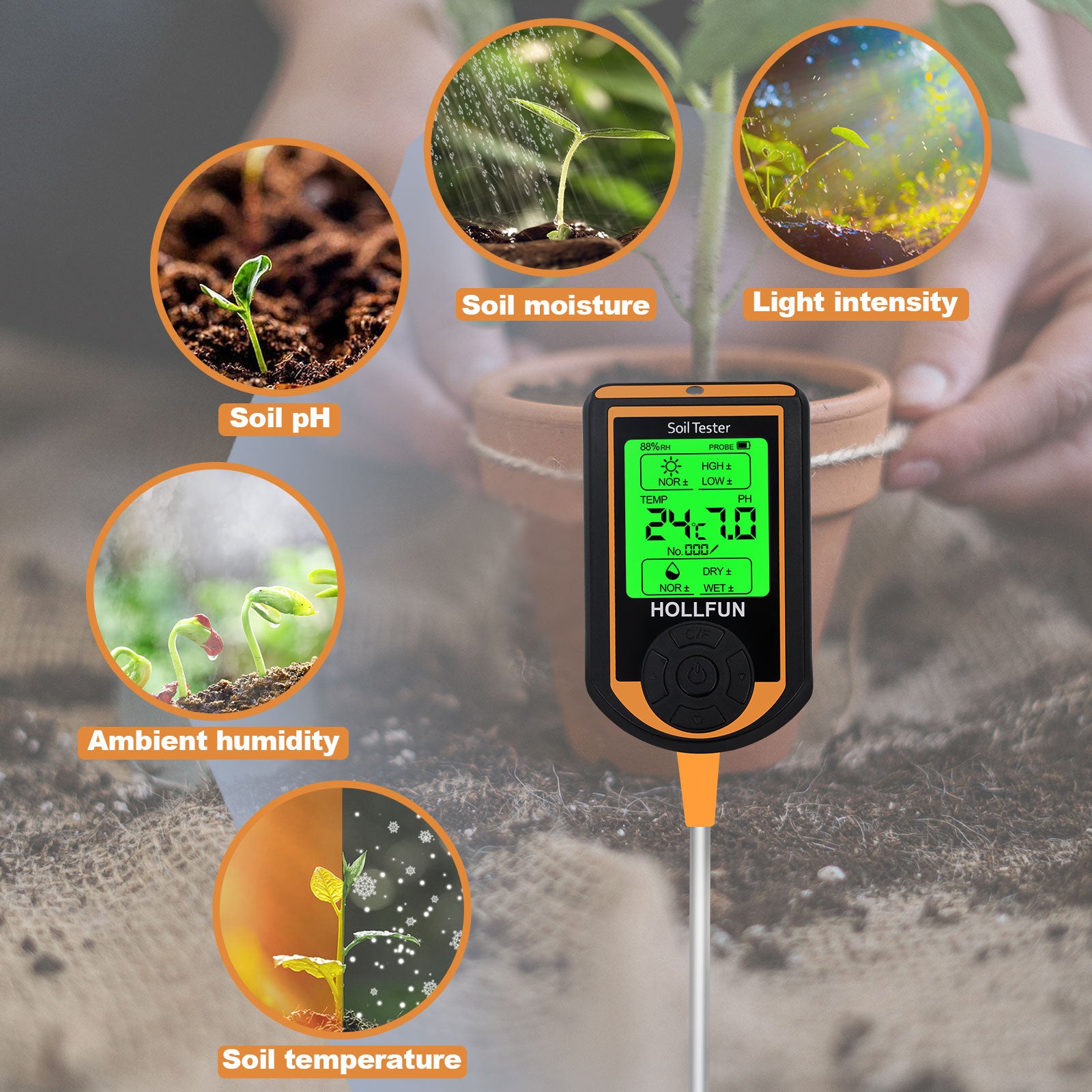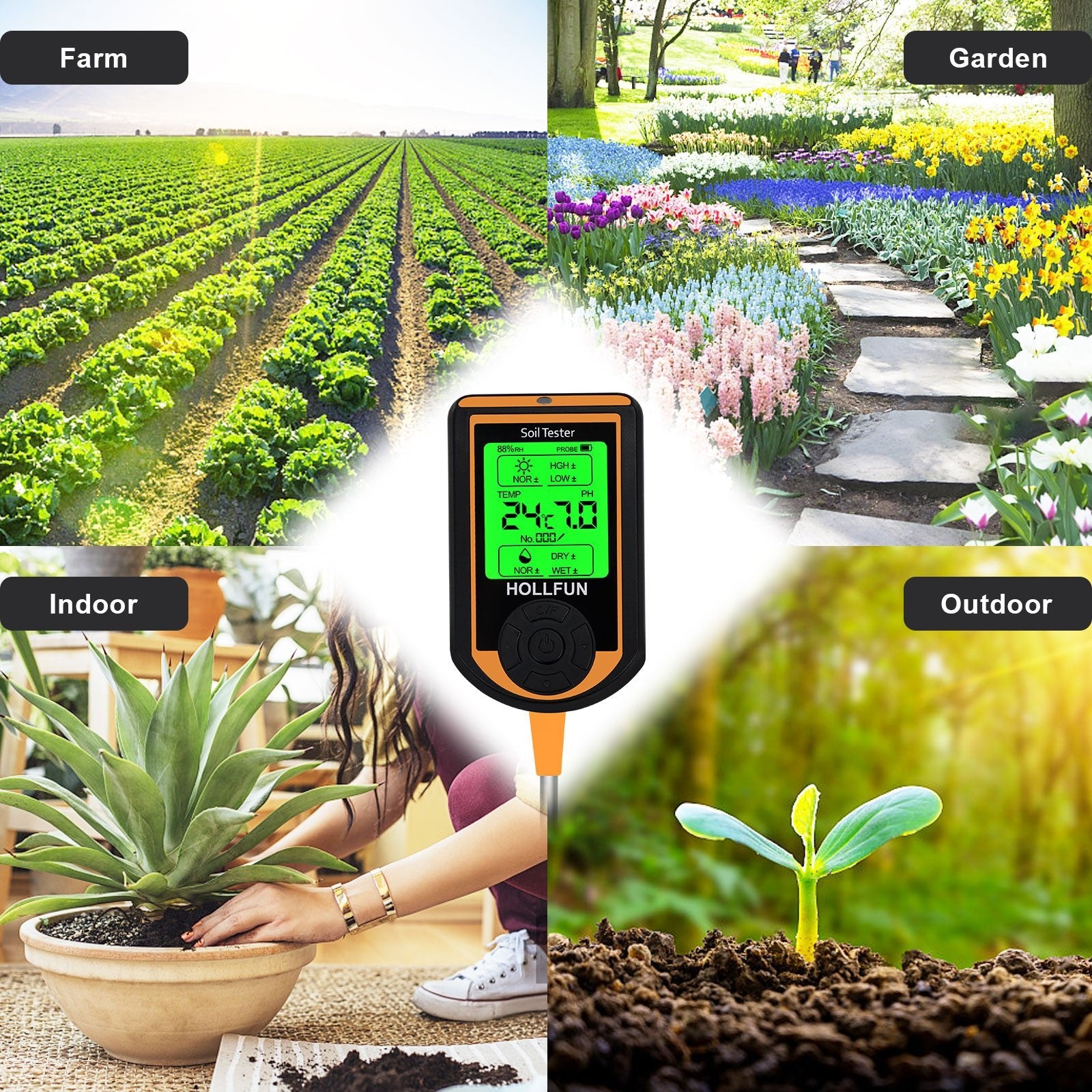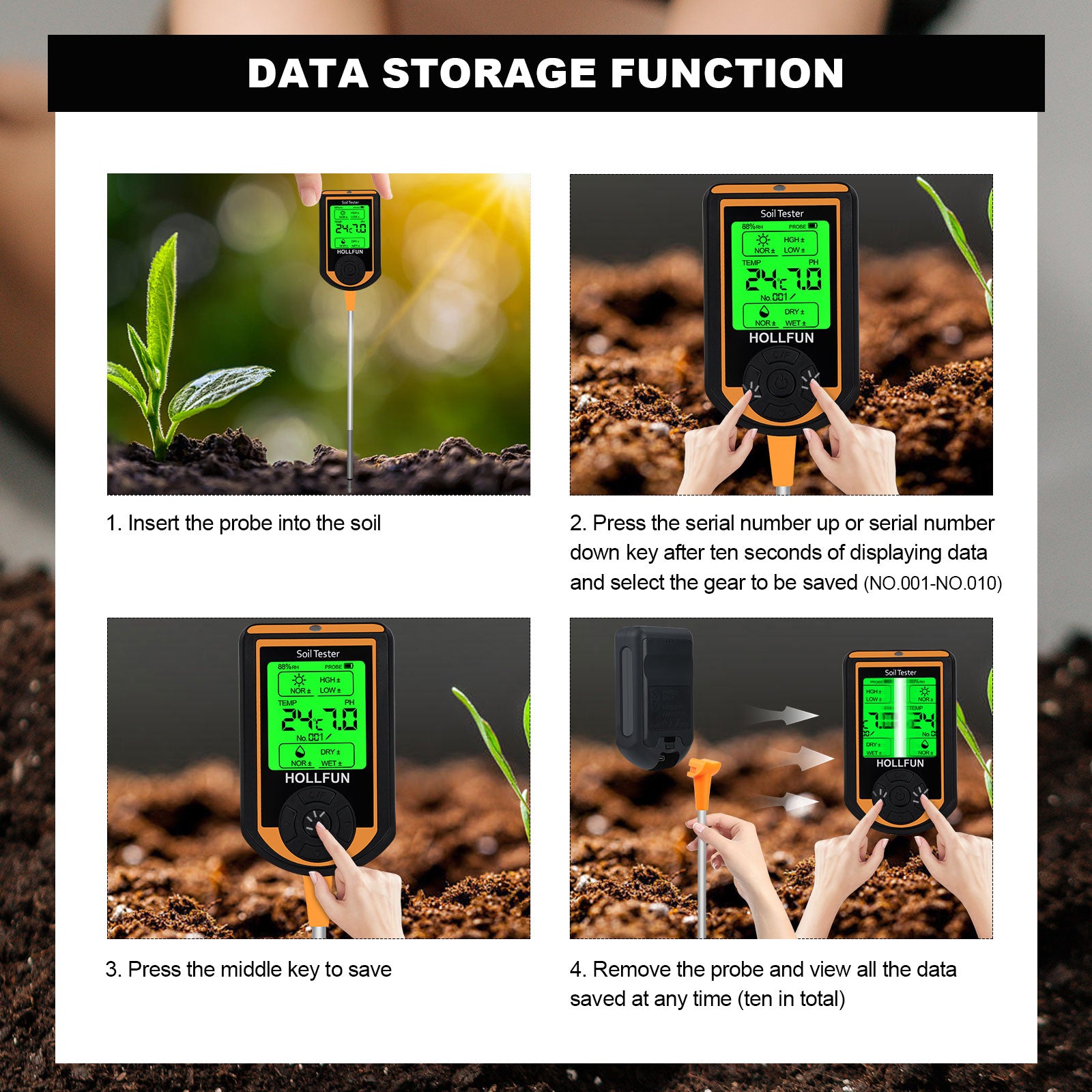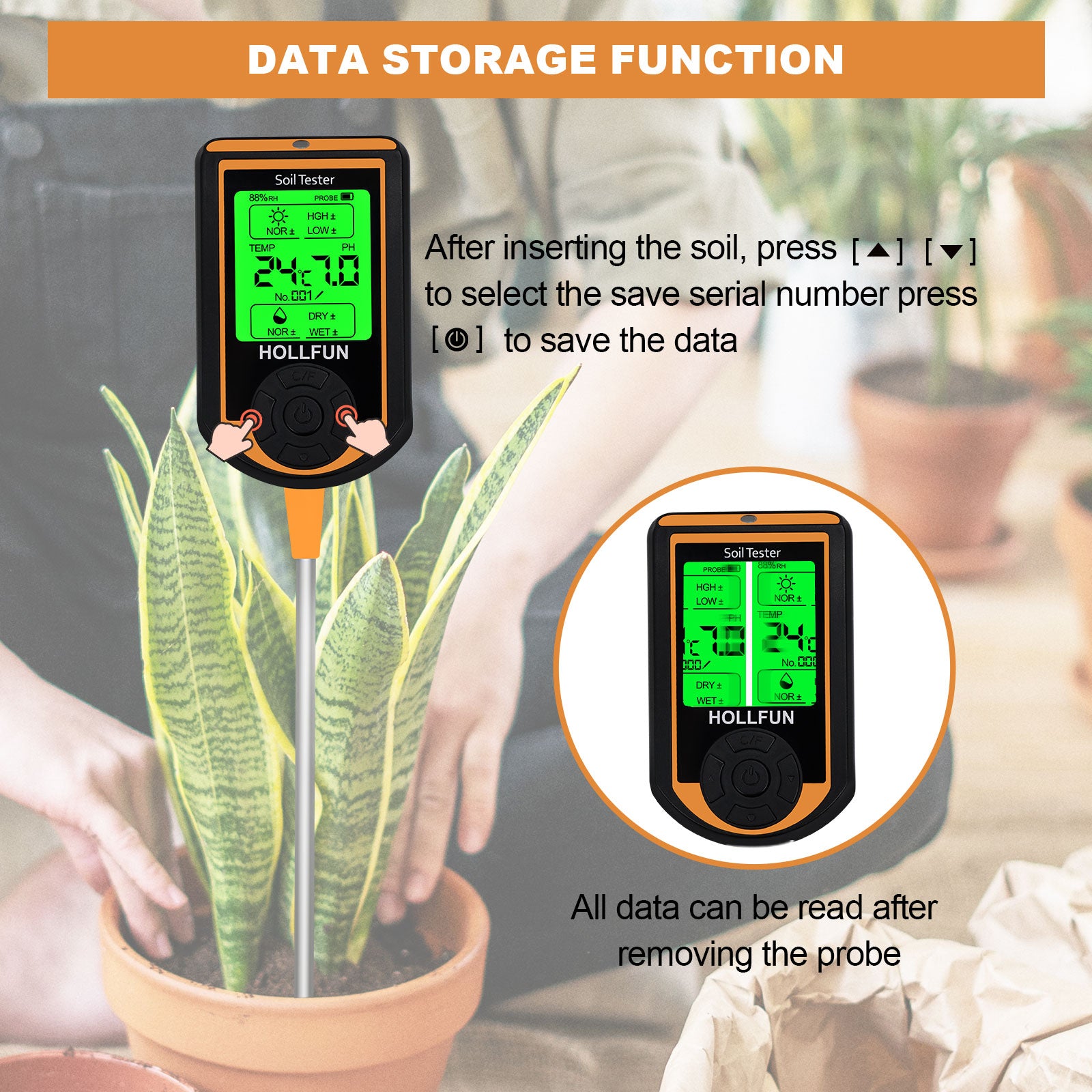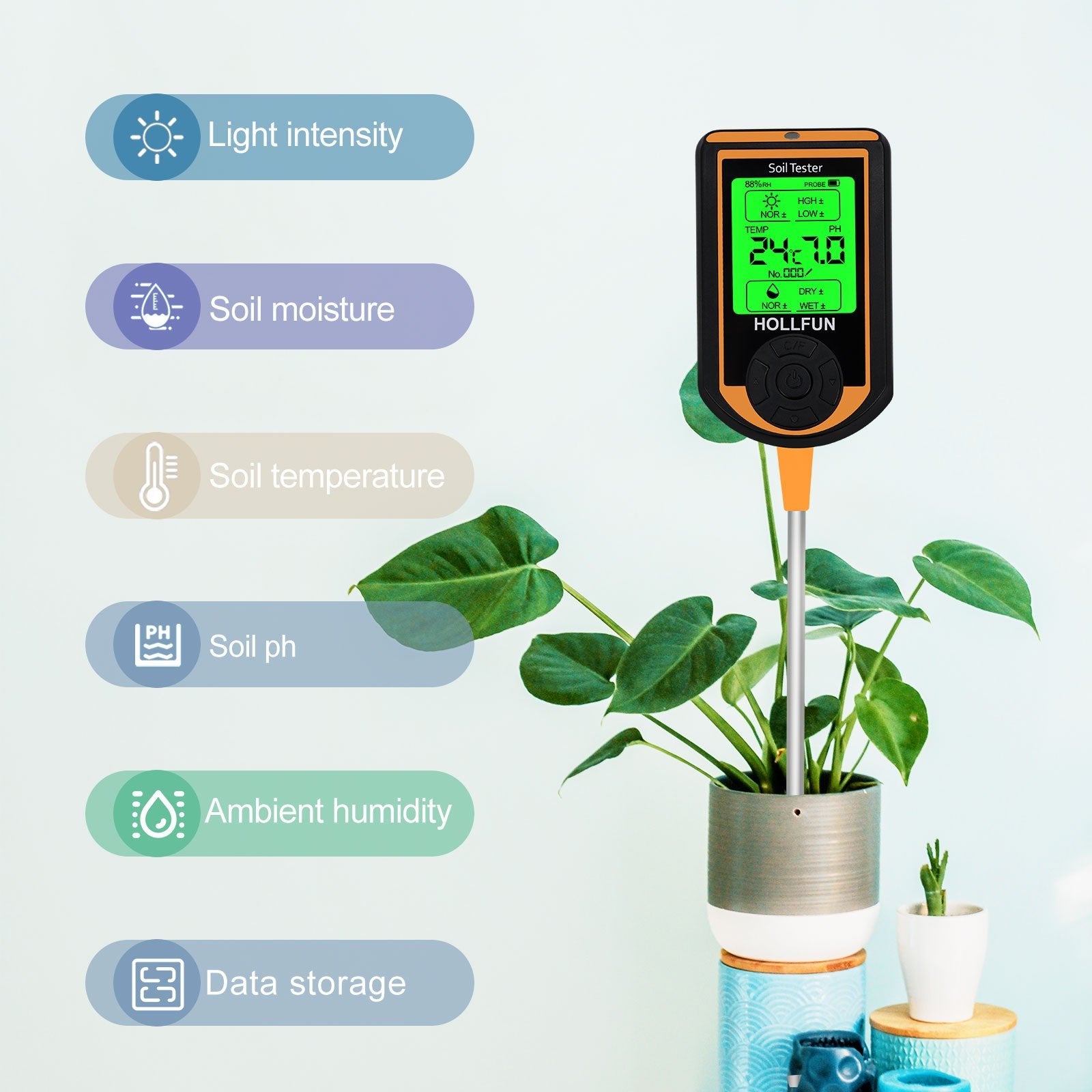As the saying goes, 'Three years of watering makes a skillful gardener'. When it comes to watering potted plants, the phrase 'See dry or see wet' may sound simple, but in reality, it is a very vague concept. It's almost impossible to water effectively based solely on this idea.
Beginners often cause plants to die from excessive watering, leading to 'waterlogging and rotten roots'. On the surface, excessive water may seem like the issue, but deeper reasons are often at play.
Because there are many factors affecting the moisture level in potting soil, relying solely on fragmented knowledge won't make you skilled at watering. Today, I'll provide a systematic explanation to help everyone understand how to properly water plants.
Despite this, you may still be concerned about overwatering leading to root rot. Stay tuned for the next PART 2 article where we'll discuss the factors that influence the dryness and wetness of potting soil!
Beginners often cause plants to die from excessive watering, leading to 'waterlogging and rotten roots'. On the surface, excessive water may seem like the issue, but deeper reasons are often at play.
Because there are many factors affecting the moisture level in potting soil, relying solely on fragmented knowledge won't make you skilled at watering. Today, I'll provide a systematic explanation to help everyone understand how to properly water plants.
Why alternate between dry and wet?
- When the potting soil is slightly dry, it is beneficial for root respiration and promotes the growth of the plant's root system. When a plant perceives that it cannot obtain sufficient moisture from its current environment, it will actively grow more roots to seek water. Therefore, slightly dry potting soil is advantageous for the growth of the plant's root system. However, it should not remain excessively dry for an extended period, as this could lead to the death of the roots and the plant.
- After the potting soil has dried, watering thoroughly is essential. Plants absorb a large amount of water and nutrients from the soil, promoting healthy growth. However, if the potting soil remains excessively wet for an extended period, it can lead to root suffocation, ultimately resulting in root rot and plant death.
- Therefore, a regular cycle of dry and wet is most beneficial for plant growth. If we consider one complete cycle from wet to dry after thorough watering, for most plants, it is advisable to have approximately 4 to 5 days per cycle in spring, 1 to 2 days per cycle in summer, and 2 to 3 days per cycle in autumn.
How to determine dryness and wetness
- Understanding the importance and necessity of the dry-wet cycle in potting soil, it becomes crucial to discuss how to determine dryness and wetness.
- Dry: It does not mean completely devoid of moisture. Usually, when we say 'dry thoroughly,' it refers to the top 1-2cm of the potted soil surface being completely dry (almost no moisture, which can be observed from the color), while the soil below the top 1-2cm remains damp and contains moisture. We refer to this state as 'dry thoroughly.'
- Wet: After allowing the potting soil to dry, watering thoroughly until it reaches the aforementioned dry state is considered the 'wet' period.
Determine the soil is dry
- There are many methods to determine whether the potting soil is dry. Today, I'll discuss two of the simplest and most widely used methods.
- Method 1: Observe the color of the potting soil surface and use fingers to check for dryness. If the color of the topsoil becomes lighter, use your fingers to gently push aside the top 1-2cm of soil (for pots with a diameter under 20cm, push 1cm for small and medium-sized pots, and for pots with a diameter over 20cm, push 2cm or deeper). If the top 1-2cm is dry while the interior is slightly damp, the potting soil is considered thoroughly dry.
- Method 2: Compare weight. The weight difference between dry and thoroughly watered soil is noticeable. By becoming familiar with the overall weight of the potted plant over time through regular watering, you can eventually lift the pot, feel its weight, and determine its moisture content. This method is mainly suitable for small pots and requires prior knowledge of Method 1, but it is more straightforward.
Tips for judging watering intervals
- Even after learning the two methods for determining dryness and wetness mentioned above, some people may still find it challenging to determine the right watering timing. Here's an additional tip for estimating the watering interval.
- Tip: After thoroughly watering once, start recording the time. Keep track until the plant's tender shoots wilt due to dehydration, and then stop the time recording. Subsequent watering intervals should be shorter than the recorded time interval.
- Note: Measurements should be taken at different growth stages of the plant. The watering interval in spring may be around 5 days, but it could reduce to 1 day in summer.
Plants' false signs of drought
- Pay attention to false signs of drought. Sometimes, the soil may not be dry, but the plant exhibits symptoms of water scarcity. If this occurs during hot summer temperatures with intense sunlight, it can generally be considered a false sign of drought. (If there is not strong light and the temperature is not high, the potting soil is moist, and water scarcity symptoms persist, it can be assumed that there is an issue with the root system.)
- When a plant shows false signs of drought, avoid watering. Instead, consider implementing some physical cooling measures, such as shading, light misting, or moving the plant to a location with reduced sunlight.
How to water plants
- After the preceding paragraphs, you should already understand the importance of the dry-wet cycle and how to determine the watering time. Now, let's explore how to water plants. I'll introduce two methods that are sufficient for the majority of plants.
- Direct Thorough Watering: Thorough watering is not easy, so it's recommended to use a smaller water flow and pour slowly. Wait until water drains from the bottom of the pot, let it sit for 5 minutes, and then water again until it drains from the bottom. This method is effective for most plants that require regular watering.
- Submersion Method: Use a container with a diameter slightly larger than the flower pot, fill it with water to about one-third of the height of the flower pot, and immerse the pot in the container. Wait until the pot has absorbed a sufficient amount of water, then remove the pot out of water.
- Remark 1: For plants that typically require regular watering, it's recommended to water thoroughly. However, if the potting soil is extremely dry, the submersion method is advised.
- Remark 2: The submersion method is not conducive to flushing out impurities and harmful substances from the potting soil during watering. It is not recommended for long-term use without also watering thoroughly.
- Remark 3: Adding 10-20% coconut coir and 10-20% vermiculite to the potting medium makes it easier to achieve thorough watering. Peat moss can be challenging to thoroughly water when it dries out.
- Remark 4: When watering, try to avoid watering the flowers directly, as it can lead to flower decay and potentially affect the overall health of the plant.
Watering timing in summer and winter
- In summer, due to high temperatures, only the early morning and evening have lower temperatures, resulting in a smaller temperature difference between the water and potting soil. Therefore, it's best to water plants in the early morning or evening during the summer and avoid watering at noon.
- In winter, because of low temperatures, the temperature of the potting soil is slightly higher around noon. Therefore, it is advisable to water plants around noon during the winter.
Watering preferences for moisture-loving plants
- For example, plants like azaleas, hydrangeas, blueberries, etc., are often advised to be kept moist in their potting soil.
- So, does that mean the dry-wet cycle is unnecessary for these plants? Not quite. Even for plants that prefer moist conditions, their root systems still need to breathe, necessitating a dry-wet cycle for the potting soil. It's just that, compared to other plants, the soil for moisture-loving plants can remain slightly damp, and it doesn't need to dry out completely before watering.
Watering strategies for drought-resistant plants
- Similarly, drought-resistant plants do not require the soil to be completely devoid of moisture, which leading to root dehydration and death. It's important to note that being drought-resistant does not mean they prefer extreme dryness. Therefore, the watering method for drought-resistant plants is also a dry-wet cycle, but you can let the potting soil become relatively drier before watering.
Despite this, you may still be concerned about overwatering leading to root rot. Stay tuned for the next PART 2 article where we'll discuss the factors that influence the dryness and wetness of potting soil!



